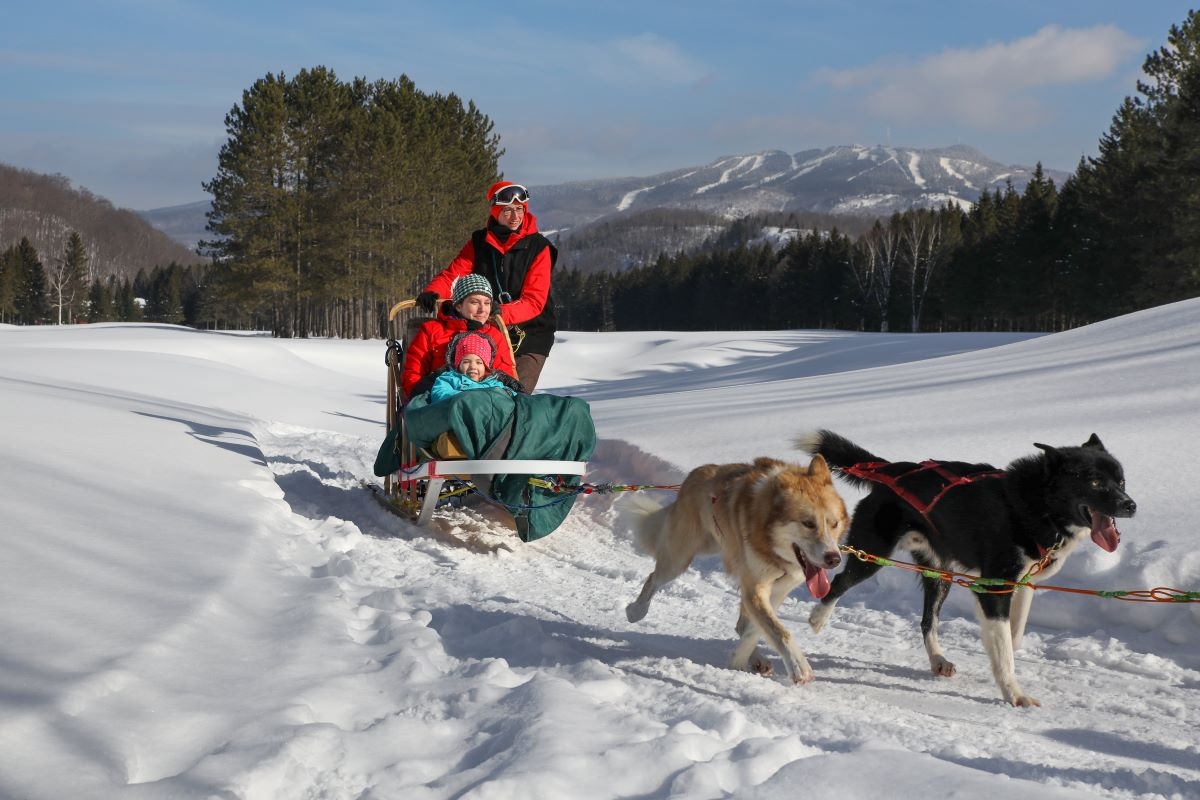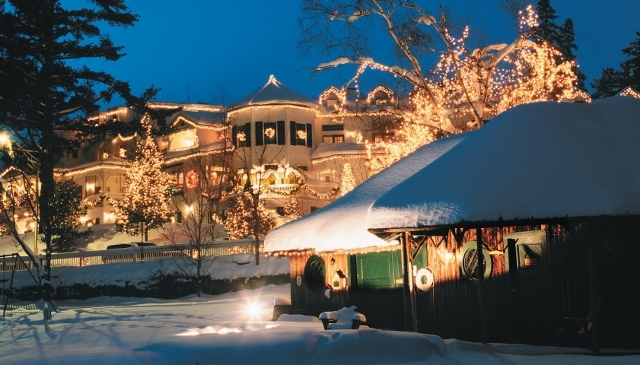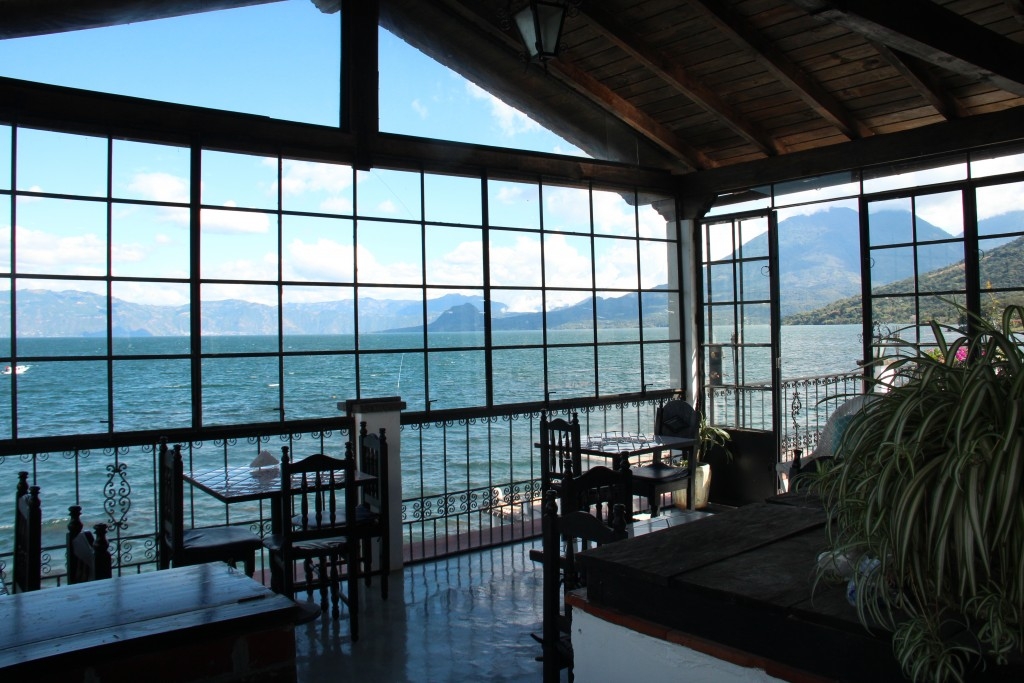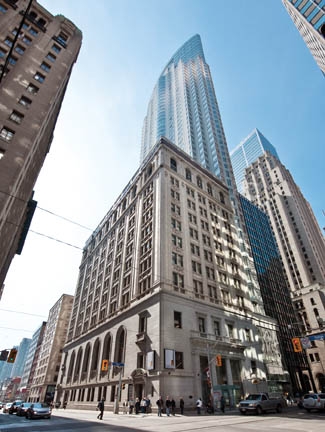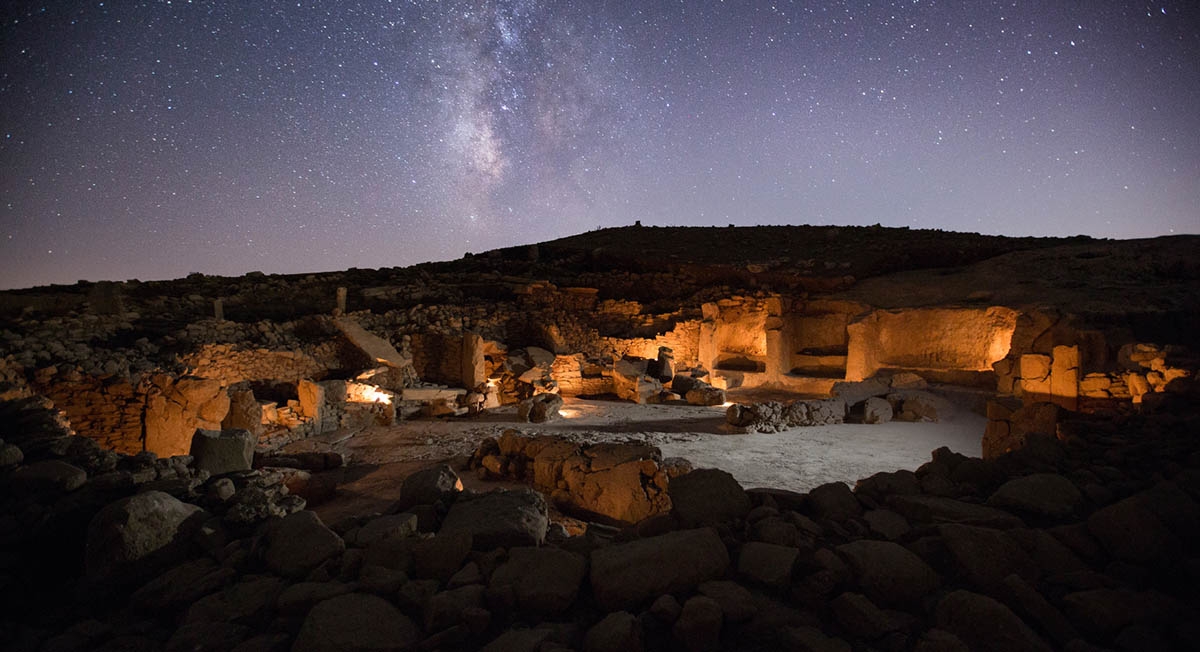
Travel through the cradle of civilization in Gaziantep and Urfa
ABOVE: The archaeological site of Karahan Tepe sits on the rolling hillsides near the Turkish-Syrian border. (PHOTO: Kubilay Akdemir)
Şanliurfa is a city many in Canada have never heard of, and that’s extremely unfortunate. A week in Türkiye exploring the oldest man-made structures ever found will leave you with an impression few other destinations can replicate.
Known by locals as Urfa, Şalinurfa is a city of holy pilgrimage near the Syrian border and home to two million inhabitants. Unlike its neighbours in Iraq or Syria, Urfa is a moderate metropolis of modernity with Western-style shopping malls and infrastructure that co-exists with mosques that date back to the height of the Ottoman Empire’s rule. Vibrant stores and bazaar areas are filled with colour, and the smells of baklava, Turkish coffee and kebab, radiate everywhere. Here you will find some of the best street food sold at low prices by humble sellers in modest stands or shops.
Urfa’s residents are among the kindest people anywhere. Asking for directions will inevitably lead to being invited for tea either at their home or business, as happened to me on three separate occasions on just my first day. While visiting, we stayed at the centrally located Nevali Hotel. It provides top-class service and has a beautiful view of the city’s hills.
The greater Urfa area has been constantly inhabited by humans since the early Neolithic era, more than 12,000 years ago. To get a sense of the region’s history, start your journey with a visit to the Şanliurfa Archeology Museum—a world-class institution showing human development from the stone age era of the caveman into the early pre-pottery neolithic period when homo sapiens began to settle into a community-based stationary lifestyle.
Using some of the world’s oldest historical artifacts, the museum intricately details the origins of human civilization in the Neolithic era. Upon entering the first gallery, a statue known as the Urfa Man stares at you with black obsidian eyes. Believed to be at least 9,500 years old, it is the oldest human-form statue ever discovered and is absolutely stunning in some of its details.
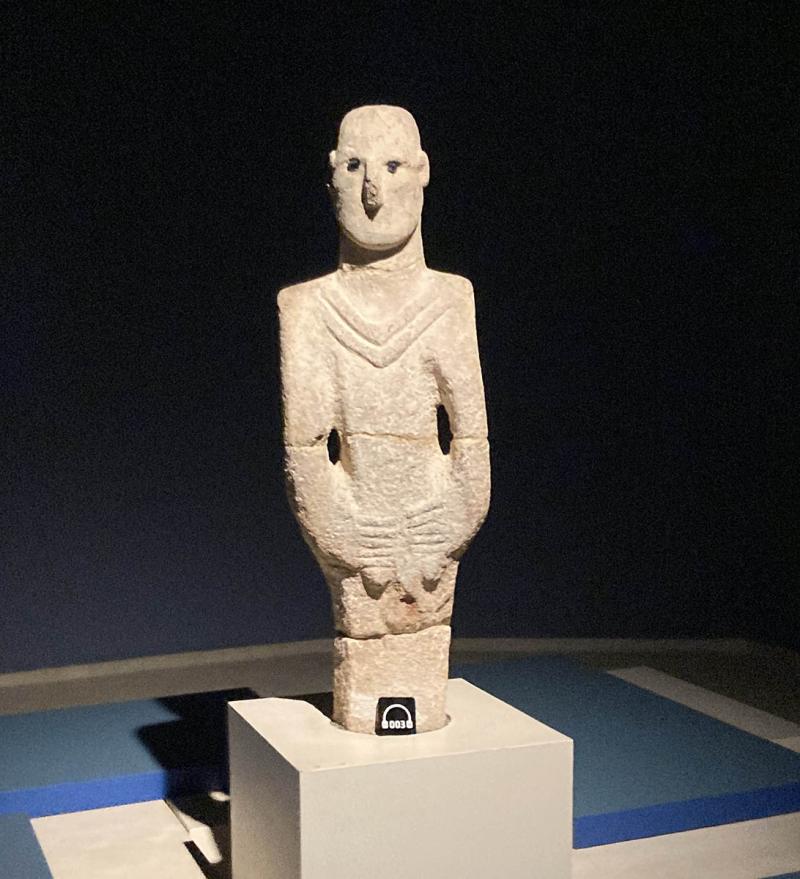
ABOVE: The 9,500-year-old sculpture, Urfa Man is one of the key artifacts at the Şalinurfa Archeology Museum.
Other artifacts include the stone tools found in the area and carvings made in soap and limestone. Also, there are early jewellery items and animal totems of species that were hunted or farmed by the Neolithic settlers. Perhaps the most interesting statue shows a man carrying a large predatory cat. Experts believe that the creature’s restful posture and facial expression depict the beginning of a more symbiotic relationship between man and animal.
The museum also contains life-sized replicas of nearby neolithic ruins that the guests can walk inside to get a perspective on their scale, something you cannot do when visiting the archaeological sites.
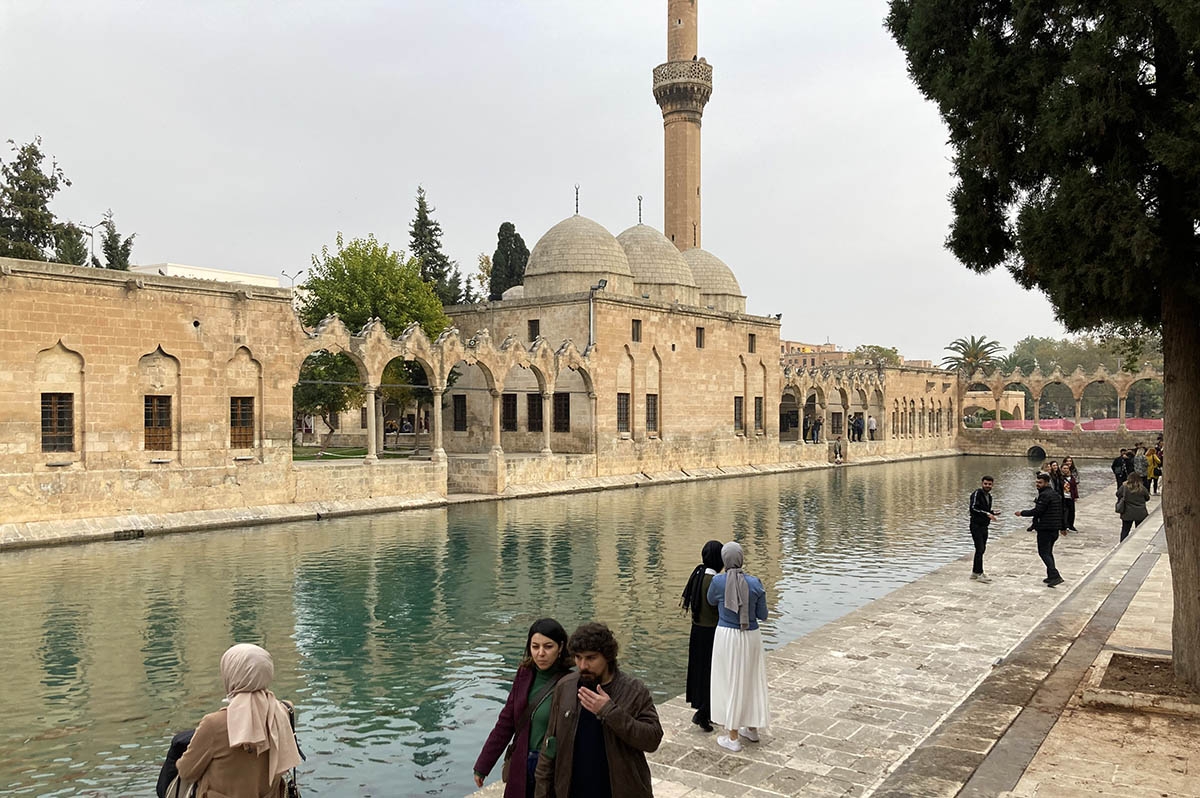
ABOVE: One of the most visited places in Şanliurfa, Balıklıgöl is known in Jewish and Islamic legend as the place where King Nimrod threw the Prophet Abraham into a fire.
A five-minute walk from the museum is the city centre of Urfa. Home to the Balıklıgöl, a canal or pool full of large carp considered holy in Islam, it is a picturesque sight to behold. Mythology says that when the Prophet Abraham was cast into the fire by King Nimrod for not partaking in the worship of idols, the flames turned into the canal’s water and the wood in the fire became the fish that still swim in there today. The cave that the Prophet Abraham was born in, according to Islamic mythology, is located in the Mevlid-i Halil Mosque a couple of hundred meters away, and the locals are very accepting of all who wish to see the site.
The centre of Urfa is unbelievably beautiful, and there is a true sense of wonder in the air when first seeing it. Walking through it, you cannot help but think you are in the court of an Ottoman Sultan. It is magical in a way that’s hard to describe.
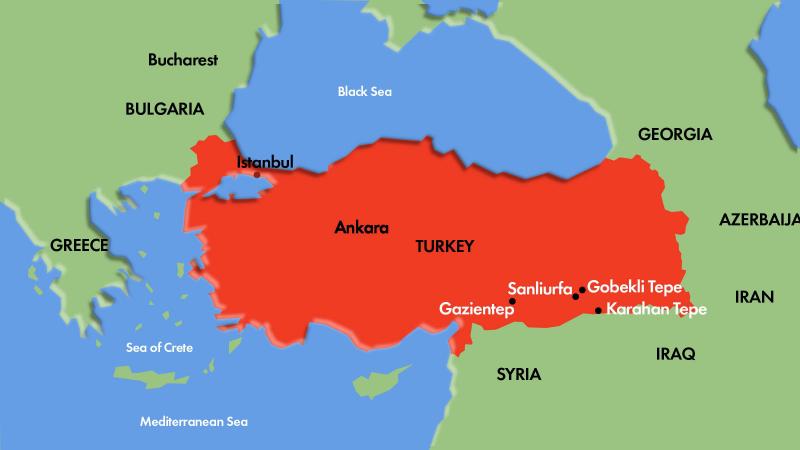
Türkiye, located at the crossroads between Europe and Asia, has had dozens of civilizations inhabit the territory that the modern Turkish state encompasses. Still, more fascinating is that the oldest signs of human society on the planet are in Türkiye and all relatively close to Urfa.
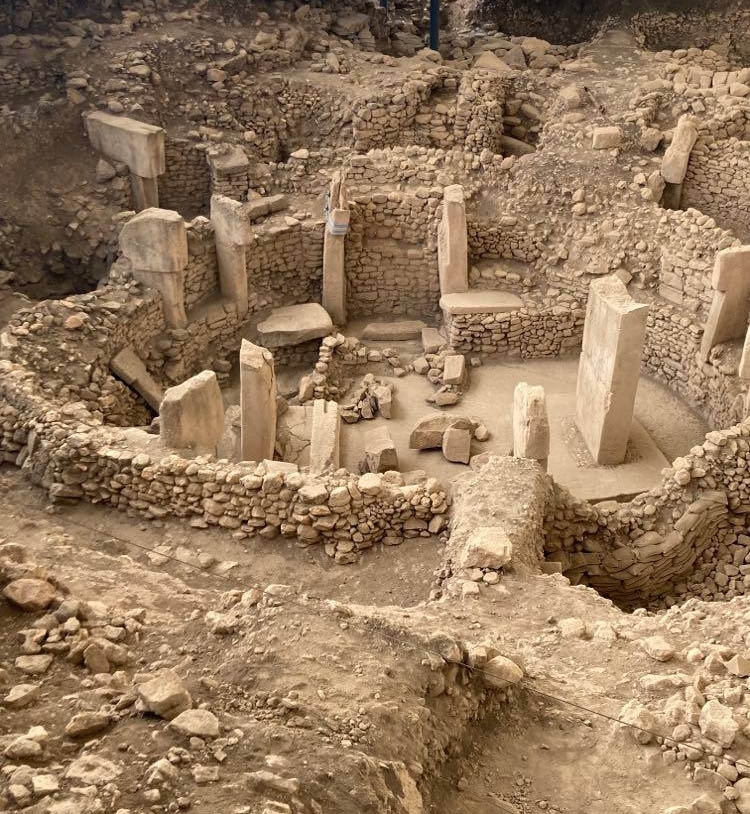
ABOVE: Göbekli Tepe dates back to the dawn of the Neolithic period and is thought to be the oldest permanent human settlement anywhere in the world.
Fifteen kilometres from Urfa is the site of Göbekli Tepe, now a UNESCO world heritage site. The remains of the structures found at the site are from at least 10,000 BCE. Incredibly, a local farmer found small rock statues and turned them over to a local museum, leading to German archeologist Klaus Schmidt beginning excavations at the site.
At the top of a massive hill, under a newly erected cover to preserve the ruins, excavations are ongoing. Four enclosures that were once primitive buildings make up the covered area of the site. Ground radar scans point to dozens more sites yet to be uncovered in and around the area.
Large T-shapes chiselled out of limestone stand everywhere. It’s hypothesized that the inhabitants used them for supporting roofing. These structural remains are well preserved, and carvings found on the sides of the posts are still observable to the naked eye from several stories up.
Walking the path around the site is a nearly surreal experience, and you cannot help but ponder the origins of human civilization as you stare down into the ruins. Göbekli Tepe is also home to an advanced visitors centre with an interactive display and a historical exhibit on neolithic humanity.
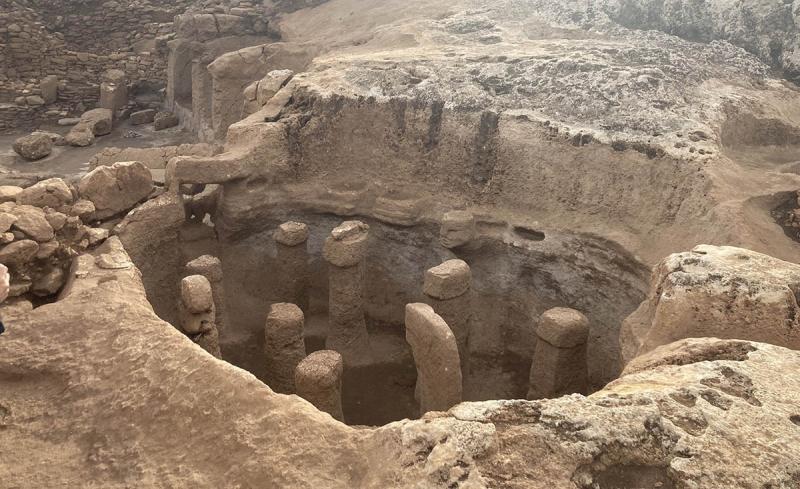
About an hour outside Urfa sits an older archeological site, Karahan Tepe. Opened to the public in the fall of 2021, Karahan Tepe sits on the rolling hillsides near the Turkish-Syrian border. The permanence of this site is its most fascinating aspect.
Stone benches carved out of the limestone walls still sit amongst the bricks and pillars left by the site’s creators. Most captivating and exciting is the large chamber carved into the limestone. Now open to the sky, the T-shaped columns that protrude out of the ground were part of what our guide said is believed to be a ritual site or temple. The creators’ integral carvings can still be seen on the walls.
Karahan Tepe is so intriguing. Archaeologists excavating the area believe that the site predated human agricultural settlements and was ultimately filled in before it was abandoned.
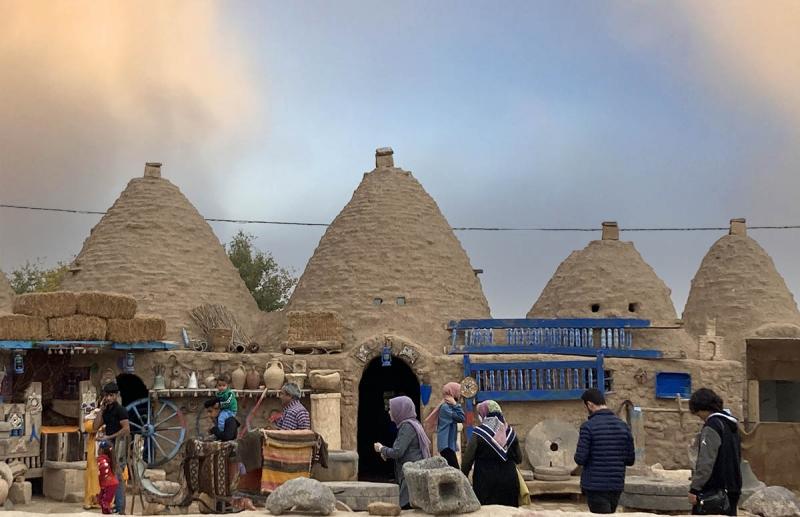
ABOVE: The still-inhabited beehive-shaped homes of Harran have existed for millennia.
Located about an hour south of Urfa stands the ruins of the ancient city of Harran. It was a vital trading post during the Mesopotamian era through to the beginning of the early Islamic age when it became an academic centre. The ruins of the Harran University, thought to be the oldest in the world, stand on the planes.
Ethnic Arabs inhabit the village of Harran today and live in beehive-shaped mud homes that are only found in this part of Türkiye. Although relatively primitive in appearance, they provide insulation during the hot and cold months and have electricity. The simple complexity and continued habitation of the homes are fascinating.
Harran gives a glimpse of a people living between modern and ancient times. Stepping inside a beehive house and seeing how the residents have lived for millennia is eye-opening.
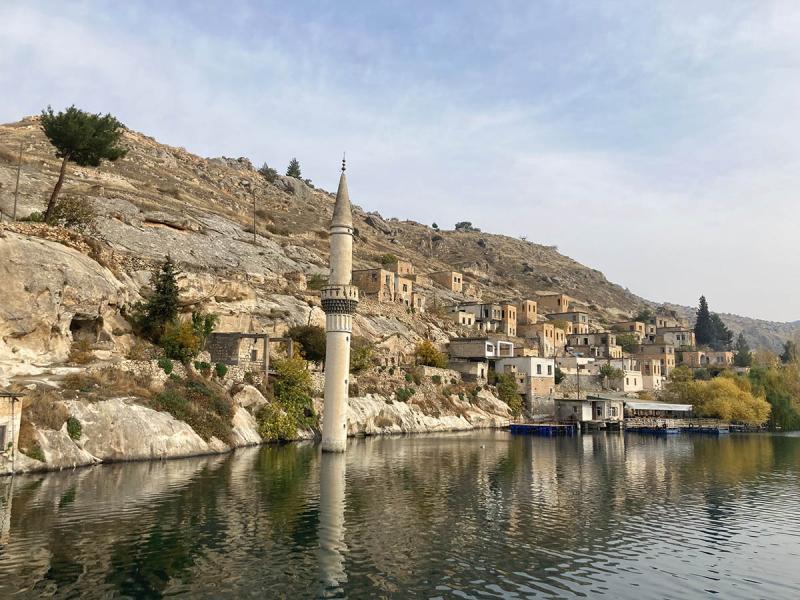
ABOVE: Cruise the Euphrates and take in the sunken city of Halfeti.
The next stop was Halfeti, a small town on the Euphrates River, and a riverboat ride to see the underwater mosque whose minaret sticks out of the water. The sight is bizarre and scenic at the same time. The spectacle is the result of a 1999 dam construction project that flooded part of the Halfeti area.
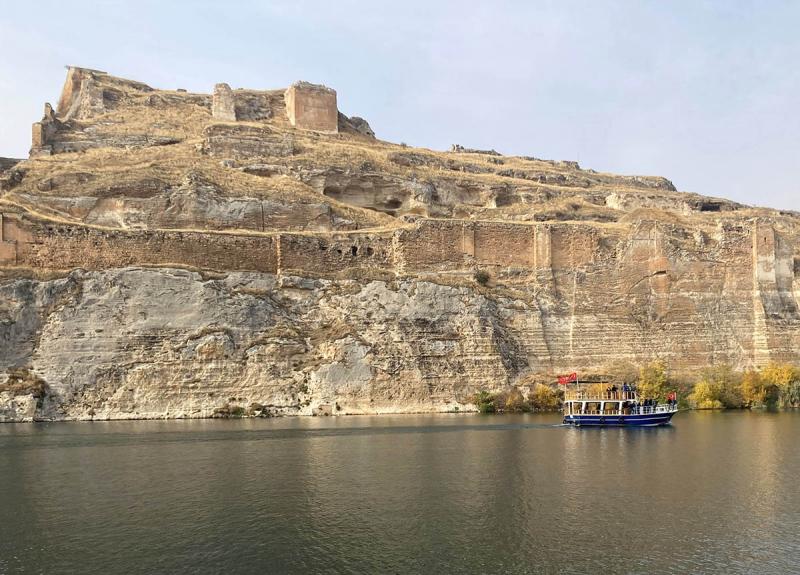
ABOVE: Located on the bank of the Euphrates River, the ruins of the Rumkale (or Roman) Fortress merge almost seamlessly into the surrounding cliffs—a testament to the skill of the expert builders.
While cruising down the Euphrates River, the vast Rumkale Fortress from the Greco-Roman era stands out like an iceberg with a large cross still visible in the masonry. The boat trip was a magical experience, only made better by the delicious Kebab lunch at the local restaurant Başkanın Yeri, with a fantastic view that sat floating off the shore of the ancient river.
West of Halfeti is Gaziantep. Home to two million Turks, it is a sprawling lively city with a castle at the centre of town and vibrant streets selling anything a person can think of. For central accommodation and excellent service, look at the Tugcan Hotel. It is close to the exciting nightlife, great clubs, and restaurants.
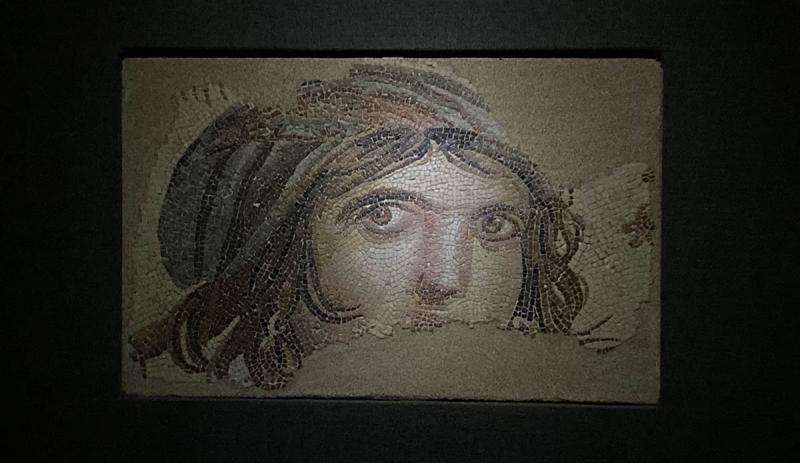
A must-see when visiting Gaziantep is the Zeugma Mosiac Museum. Named after the city of Zeugma, a Greek then Roman city that has long disappeared, the museum features what may be the most famous mosaic in the world, the “Gypsy girl.” The eyes of the Roman-era piece appear to stare at you from anywhere in the room, much like the Mona Lisa. It’s worth travelling to the museum to see this masterpiece of antiquity and the dozens of Hellenistic and Roman-era mosaics. There is truly no place in the world that comes close to this museum.
Urfa and Gaziantep are two world-class cities for the historically minded traveller and easily match up to Rome or Cairo in their significance to human history. What makes it even better is the Turkish food, which is among the most delicious I have experienced in my travels. Everything is fresh, and trying a dish often is like eating for the first time.
Even better is the charm of the average Turkish person. It is a nation of wonderfully kind people who want to show you the best of their country and offer abundant hospitality and friendliness.
Urfa is where civilization and Abrahamic faith started, but it is the Turkish spirit as well as the people that will have me return.
For more information on travel in Türkiye, visit Go Türkiye Tourism | Tourism and Travel Guide
Unless otherwise noted, all photos are by Mckenzie Donovan

